10 Innovative Ways to Keep Your Customers Engaged and Interested
Customer engagement is important for several reasons. It is important for the growth and success of any business, and it should be a priority for companies looking to build long-term relationships with their customers. It helps to build and maintain strong relationships with customers. When customers feel engaged with a company or brand, they are more likely to be loyal, make repeat purchases, and recommend the company to others. This can lead to increased revenue and growth for the business.

Brief overview of the 10 ways to keep customers engaged and interested
Keeping customers engaged and interested is crucial for any business looking to build long-term relationships with their customers. There are several innovative ways to achieve this, including personalization, gamification, interactive content, community building, rewards and loyalty programs, email marketing, social media engagement, user-generated content, and event marketing.
Personalization involves tailoring interactions and communication to the individual loyal customer, while gamification uses game elements to increase engagement and interest. Interactive content, such as polls and quizzes, can also be used to engage customers. Building a community around a brand or product can also increase engagement and interest. Rewards and loyalty programs provide incentives for customers to remain engaged and make repeat purchases. Email marketing and social media engagement can be used to stay in touch with customers and keep them informed about new products or promotions. User-generated content, such as customer reviews, can be used to showcase the experiences of other customers. Event marketing can be used to create in-person or virtual experiences that engage customers and generate interest in a brand or product.
Benefits of keeping customers engaged and interested
There are several benefits of keeping customers engaged and interested:
- Increased brand loyalty: Engaged customers are more likely to be loyal to a brand or product and make repeat purchases.
- Increased revenue: Loyal existing customers are more likely to spend more money with a company over time, leading to increased revenue.
- Valuable feedback and insights: Engaged customers are more likely to provide feedback and insights on a company's products or services, which can be used to improve the customer experience and make necessary changes.
- Increased customer retention: Engaged customers are less likely to leave for a competitor, which can save a business money that would otherwise be spent on acquiring new customers.
- Brand advocacy: Engaged customers are more likely to talk positively about a company and its products or services, which can lead to more organic reach and brand awareness.
- Better customer service: Engaged customers are more likely to tell you when something is wrong, which will give you an opportunity to fix it and improve your customer service.
- Cost-effective marketing: Engaged customers are more likely to recommend your products and services to others, which can be a cost-effective way to acquire new customers.
- Increased trust and credibility: Engaged customers are more likely to trust a company and its products or services, which can lead to increased credibility.
Overall, keeping customers engaged and interested can lead to long-term benefits for a business, including increased revenue, customer loyalty, and brand advocacy.

Common problems that businesses face with customer engagement
Businesses often face several problems when it comes to customer engagement. One common problem is a lack of understanding of the customer's needs and preferences. Without this understanding, it can be difficult for a business to tailor its interactions and communication to the individual customer. It can also be difficult for a business to come up with a customer engagement plan.
Another problem businesses face is a lack of communication with customers. If a business does not have regular and consistent communication with its customers, it can be difficult to maintain engagement and interest.
A third problem is a lack of personalization in interactions and communication. Many businesses use a one-size-fits-all approach, which can be less effective in engaging customers.
Another issue is a lack of consistency, many businesses have different teams or individuals handling customer engagement, which can lead to inconsistent experiences for customers.
Another problem is a lack of incentives for customers to stay engaged. Without rewards or incentives, customers may not see the value in staying engaged with a business.
Finally, not having the right tools or technology to measure and track customer engagement can also be a problem. Without proper tracking, it can be difficult to know how well engagement efforts are working and where improvements can be made.
Overall, businesses face several challenges when it comes to customer engagement, but by understanding these challenges and taking steps to address them, businesses can improve their ability to engage and retain customers.
10 Innovative Customer Engagement Strategies
I. Personalization
Personalizing interactions and communication with customers can increase customer engagement by making customers feel valued and understood. This can be achieved through tailoring communication and marketing efforts to the individual customer based on their preferences, needs, and behavior. This can include using their name in communications, recommending products or services based on their past purchases, and providing customized offers and discounts.
Examples of successful personalization strategies include:
- Personalized email marketing: Creating personalized email campaigns based on customer behavior, purchase history, and preferences.
- Personalized product recommendations: Using data on customer behavior and purchase history to recommend products or services that may be of interest to them.
- Personalized customer service: Providing personalized support to customers through live chat, phone, or email.
- Personalized loyalty programs: Creating loyalty programs that offer rewards and incentives tailored to the individual customer's preferences and behavior.
- Personalized advertisements: Using customer data to create targeted advertisements that are more likely to be of interest to the individual customer.
- Personalized website experience: Using customer data to create a customized website experience, such as displaying recommended products and content based on the customer's behavior.
This solid customer engagement strategy can improve the customer experience and increase engagement, leading to increased loyalty and revenue.
II. Gamification
Gamification refers to the use of game elements, such as points, badges, and leaderboards, to increase engagement and interest in a product or service. It can be used to motivate customers to complete certain actions, such as making a purchase or leaving a review. Gamification can also be used to create a sense of competition and community among customers, which can increase engagement and interest.

Examples of successful gamification strategies include:
- Reward-based loyalty programs: Creating loyalty programs that reward customers with points, badges, or other incentives for certain actions, such as making a purchase or referring a friend.
- Quizzes and surveys: Creating interactive quizzes and surveys that customers can complete for rewards or prizes.
- Leaderboards: Creating leaderboards that rank customers based on certain actions, such as number of purchases or reviews.
- Virtual challenges: Creating virtual challenges that customers can participate in, such as fitness or nutrition challenges.
- Social media contests: Running social media contests that encourage customers to share content or complete certain actions for a chance to win a prize.
- In-store games: Creating in-store games or scavenger hunts that customers can participate in for rewards or prizes.
By incorporating game elements into their product or service, businesses can increase engagement and interest among customers, leading to increased loyalty and revenue.
III. Interactive Content
Interactive content refers to any form of digital content that encourages user participation and engagement. Interactive content can include polls, quizzes, customer surveys, and interactive infographics. It allows customers to actively participate and engage with a brand or product, making them more likely to remember and share their experiences. It also allows businesses to collect valuable data and feedback from their customers.
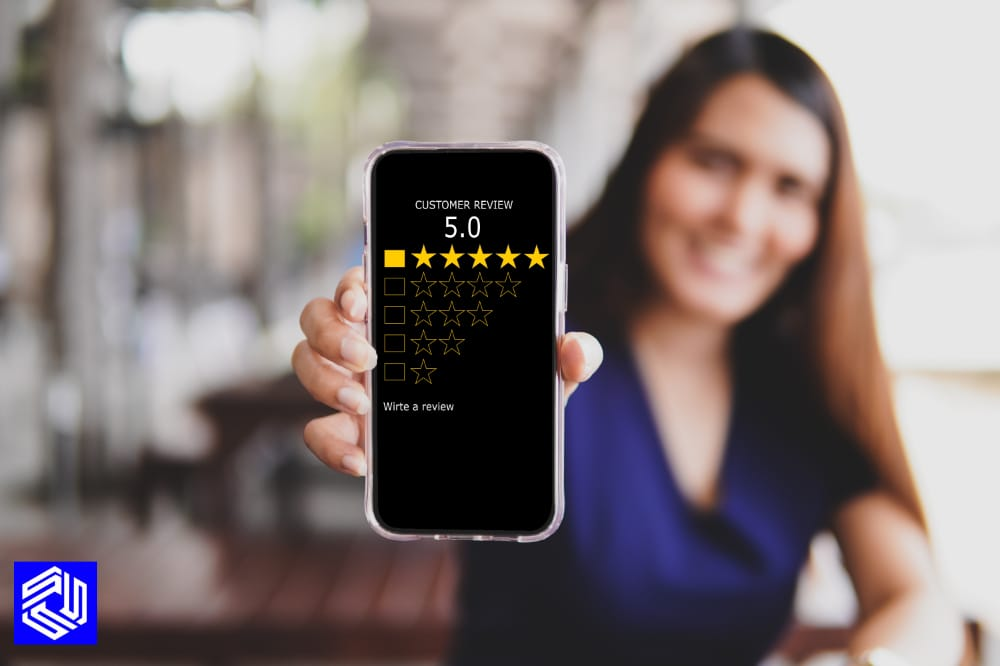
Examples of successful interactive content strategies include:
- Interactive Quizzes: Creating quizzes that test customers' knowledge about a brand or product, or that help them discover what products or services might be best suited for them.
- Polls and Surveys: Creating polls or surveys that allow customers to share their opinions and feedback on a brand or product.
- Interactive Infographics: Creating infographics that include interactive elements, such as rollover text or animations, to make them more engaging and memorable.
- Interactive Videos: Creating videos that include interactive elements, such as clickable annotations or quizzes, to increase engagement and retention.
- Interactive e-books: Creating e-books that include interactive elements such as quizzes, polls or interactive images to enhance the reading experience.
- Virtual Reality & Augmented Reality : Creating virtual reality or augmented reality experiences that allow customers to interact with a brand or product in a unique and engaging way.
By using interactive content, businesses can increase engagement and interest among customers, leading to increased brand awareness and revenue.
IV. Community Building
Building a community around a brand or product can increase customer engagement and interest by creating a sense of belonging, connection among customers and inspire customers iin a certain way. A community can be built online through social media apps, forums, or a dedicated community website. It can also be built in person through events or meet-ups. A community can be used to share information and resources, provide support, and create a sense of shared interest and purpose. This can lead to increased customer loyalty and advocacy.
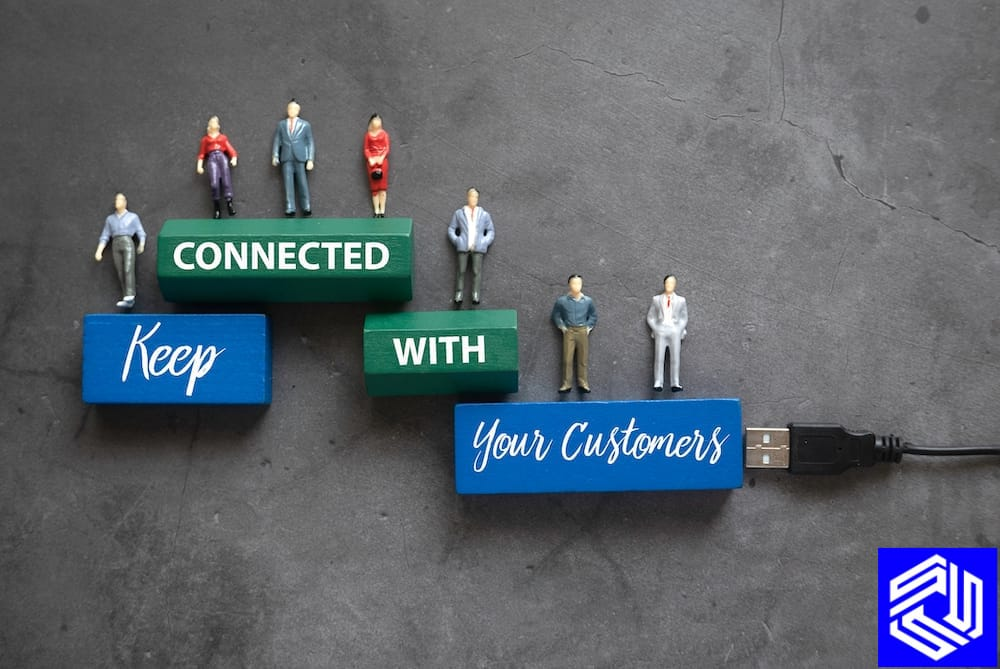
Examples of successful community building strategies include:
- Social Media Groups: Creating dedicated social media groups for customers to share information, ask questions and provide support to each other.
- Online Forums: Creating an online forum for customers to discuss topics related to a brand or product, ask questions and provide support to each other.
- In-Person events: Hosting in-person events such as meet-ups, conferences, or workshops, to bring customers together and foster a sense of community.
- Live streaming: Hosting live streaming sessions to interact with customers in real-time and build a sense of community.
- Virtual events: Hosting virtual events such as webinars or online conferences, to bring customers together and foster a sense of community.
- Brand Ambassadors : Identifying and recognizing customers who are particularly engaged and enthusiastic about a brand or product, and empowering them to act as brand ambassadors and help to build the community.
By building a community around a brand or product, businesses can increase engagement and interest among customers, leading to increased loyalty and revenue.
V. Rewards and Loyalty Programs
Rewards and loyalty programs can increase customer engagement and interest by providing incentives for loyal customers to make repeat purchases and remain engaged with a brand or product. These programs can be used to reward customers for certain actions, such as making a purchase or referring a friend. They can also be used to create a sense of competition and community among customers. By providing rewards and incentives, businesses can motivate customers to remain engaged and make repeat purchases, which can lead to increased revenue and customer loyalty.
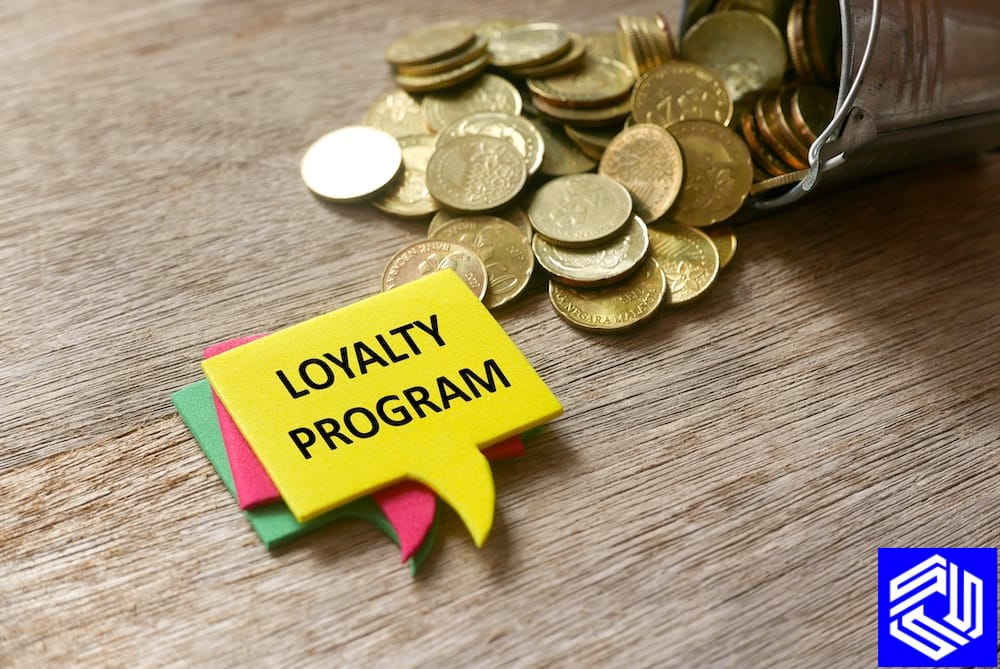
Examples of successful rewards and loyalty programs include:
- Points-based loyalty programs: Giving customers points for making purchases or completing certain actions, which can be redeemed for rewards or discounts.
- Tiered loyalty programs: Creating different levels of membership based on the number of points earned or purchases made, with higher levels offering more rewards or benefits.
- Cash-back loyalty programs: Giving customers cash back or credits on future purchases for making purchases or completing certain actions.
- Exclusive Access: Offering exclusive access to products, services, or events to loyalty program members.
- Personalized rewards: Tailoring rewards and incentives to the individual customer based on their preferences and behavior.
- Referral rewards: Giving customers rewards or incentives for referring friends or family to a brand or product.
By offering rewards and loyalty programs, businesses can increase customer engagement and interest, leading to increased loyalty and revenue.
VI. Email Marketing
Email marketing is a way to communicate with customers through the use of email campaigns. It can be used to increase customer engagement and interest by keeping customers informed about new products or promotions, providing valuable content, and building a sense of connection and community with customers. Email marketing can also be used to personalize communication and tailor messages to the individual customer. By using email marketing, businesses can keep customers engaged and interested in their brand or product, leading to increased revenue and loyalty.
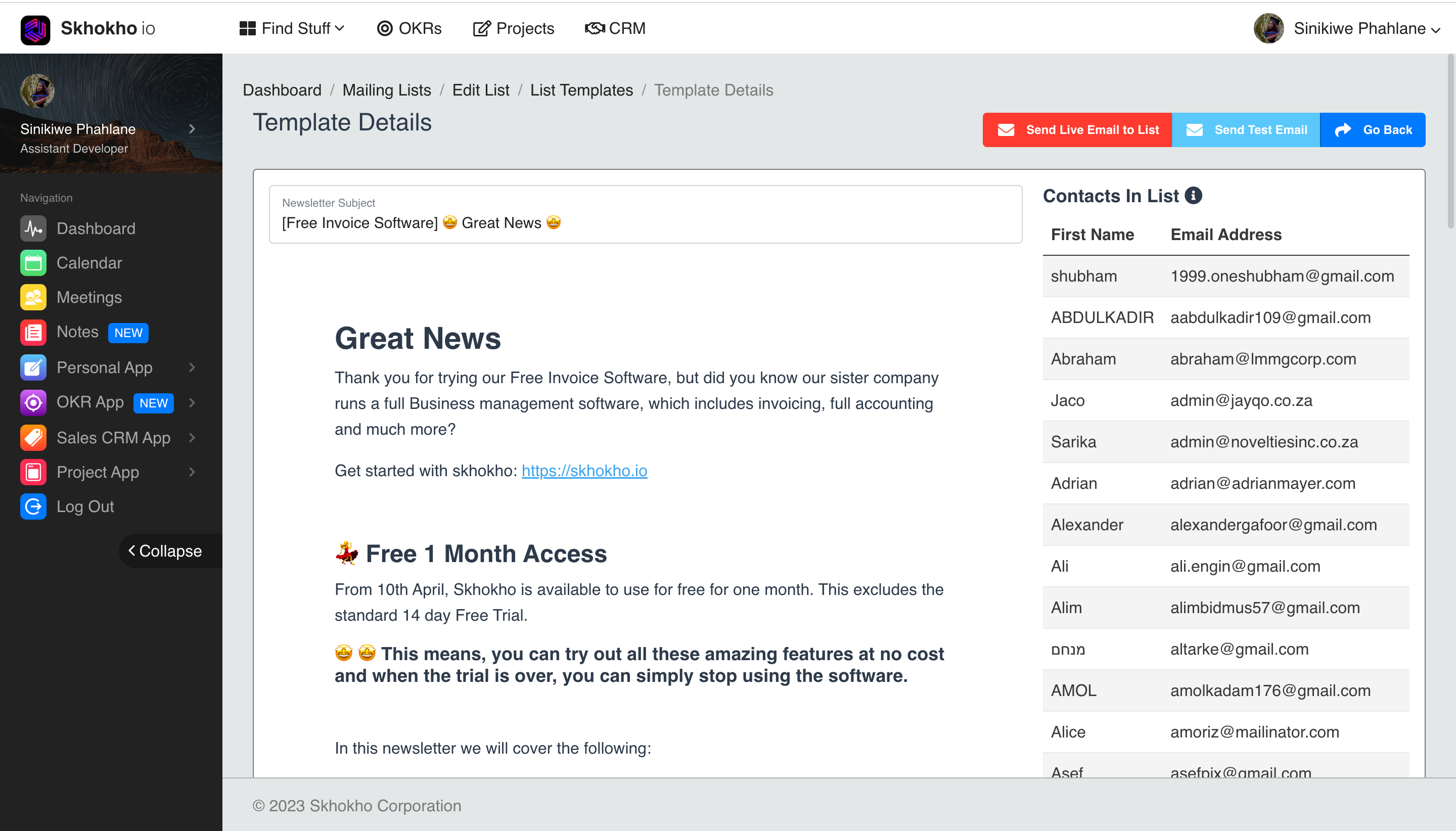
Examples of successful email marketing strategies include:
- Newsletters: Create relevant and regular newsletters that provide valuable content, such as industry news, tips, and updates on new products or promotions.
- Abandoned cart emails: Sending automated emails to customers who have abandoned their shopping cart, reminding them of the items left behind and encouraging them to complete the purchase.
- Personalized product recommendations: Using data on customer behavior and purchase history to recommend products or services that may be of interest to them.
- Re-engagement campaigns: Sending targeted email campaigns to inactive customers to encourage them to re-engage with a brand or product.
- Automated email sequences: Creating automated email sequences that are triggered by certain actions, such as signing up for a newsletter or making a purchase.
- Triggered emails: Sending emails that are triggered by certain events, such as a customer's birthday or a purchase anniversary.
By using email marketing, businesses can increase customer engagement and interest, leading to increased revenue and customer loyalty.
VII. Social Media Engagement
Social media engagement (or social media marketing) refers to the interactions between a business and its customers on social media platforms. It can be used to increase customer engagement and interest by building a sense of connection and community with customers, providing valuable content, and keeping customers informed about new products or promotions. Social media engagement can also be used to personalize communication and tailor messages to the individual customer. By using social media engagement, businesses can keep customers engaged and interested in their brand or product, leading to increased revenue and customer loyalty.
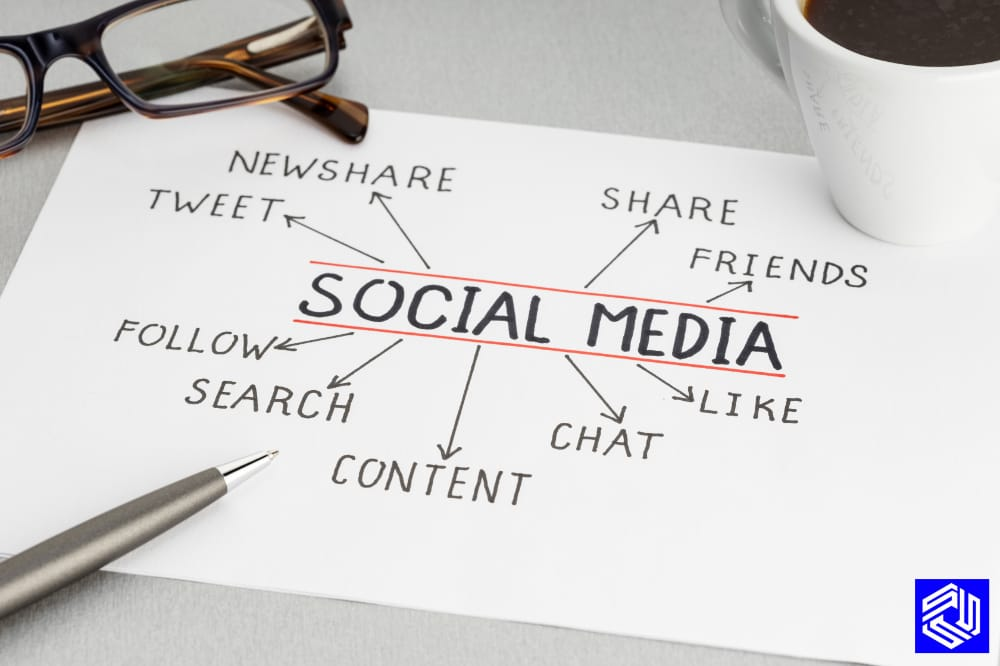
Examples of successful social media engagement strategies include:
- Social listening: Monitoring social media platforms for mentions of a brand or product and engaging with customers who are talking about it.
- Community management: Building and managing a community of customers on social media platforms, such as Facebook groups or Reddit communities.
- Influencer marketing: Partnering with social media influencers to promote a brand or product.
- User-generated content: Encouraging customers to share their own content, such as photos or videos, featuring a brand or product on their social media pages.
- Live streaming: Hosting live streaming sessions on social media platforms to interact with customers in real-time.
- Contests and giveaways: Running contests and giveaways on social media platforms to encourage engagement and increase brand awareness.
By using social media engagement, businesses can increase customer engagement and interest, leading to increased revenue and customer loyalty.
VIII. User-Generated Content
A. User-generated content (UGC) refers to any form of content that is created by old customers/new customers, such as reviews, ratings, photos, or videos. It can be used to increase customer engagement and interest by providing social proof of a brand or product, creating a sense of community and connection with customers, and providing valuable information to potential customers. UGC can also be used to personalize communication and tailor messages to the individual customer. By using UGC, businesses can keep customers engaged and interested in their brand or product, leading to increased revenue and customer loyalty.
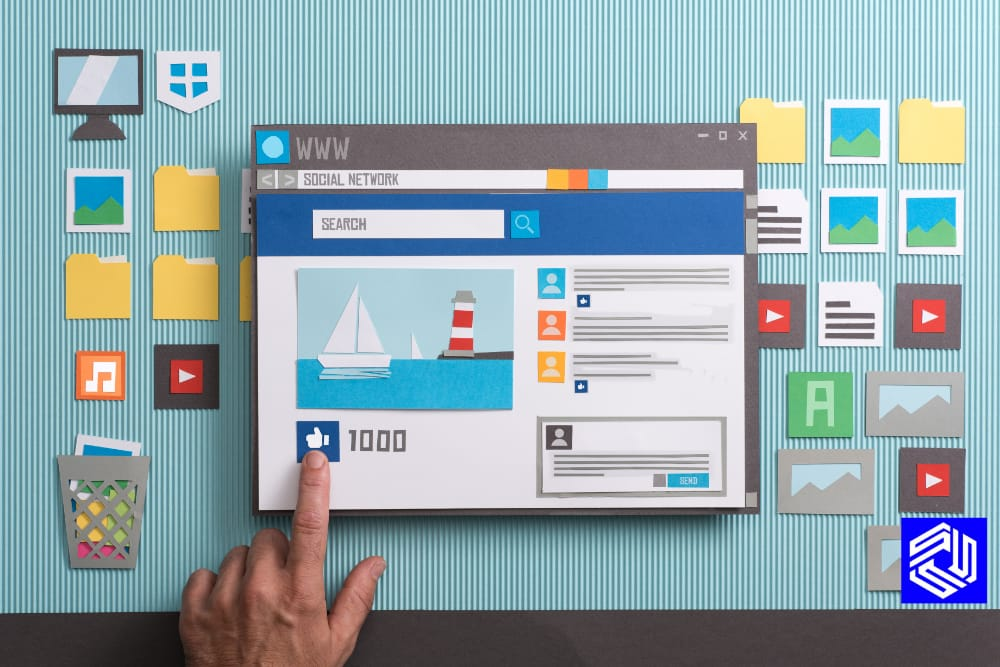
Examples of successful user-generated content strategies include:
Customer reviews: Encouraging customers to leave reviews on a brand's website, social media platforms, or review sites like Yelp or TripAdvisor.
- Product photos and videos: Encouraging customers to share photos or videos of themselves using a brand's products, which can be used on a brand's website or social media platforms.
- Social media challenges: Encouraging customers to participate in social media challenges, such as taking a photo or video with a brand's product and sharing it on social media.
- Hashtag campaigns: Encouraging customers to use a specific hashtag when sharing photos or videos related to a brand or product, which can be used to track and collect user-generated content.
- Brand Ambassadors: Identifying and recognizing customers who are particularly engaged and enthusiastic about a brand or product and empowering them to act as brand ambassadors and help to create user-generated content.
- Contests: Running social media contests that encourage customers to share user-generated content for a chance to win a prize.
By using user-generated content, businesses can increase customer engagement and interest, leading to increased revenue and customer loyalty.
IX. Event Marketing
Event marketing refers to the use of events, such as product launches, conferences, or meet-ups, to increase customer engagement and interest in a brand or product. Events can be used to create a sense of community and connection among customers, provide valuable information and resources, and offer unique experiences. They can also be used for collecting customer feedback and insights, and to personalize communication and tailor messages to the individual customer. By using event marketing, businesses can keep customers engaged and interested in their brand or product, leading to increased revenue and customer loyalty.

Examples of successful event marketing strategies include:
- Product launches: Hosting events to launch new products or services and showcase features and benefits.
- Conferences and trade shows: Participating in conferences and trade shows to showcase products and services and meet potential customers.
- Meet-ups and networking events: Hosting meet-ups and networking events to bring customers together and foster a sense of community.
- Pop-up shops: Hosting pop-up shops to showcase products and services and give customers an opportunity to try them out.
- Webinars and online events: Hosting webinars or online events to provide valuable information and resources to customers.
- Virtual events: Hosting virtual events such as webinars or online conferences to bring customers together and foster a sense of community.
By using event marketing, businesses can increase customer engagement and interest, leading to increased revenue and customer loyalty.
Additional Resources
In addition to the strategies discussed in the article, if you are a small business owner, you can use softwares like Skhokho to improve engagement and customer satisfaction.
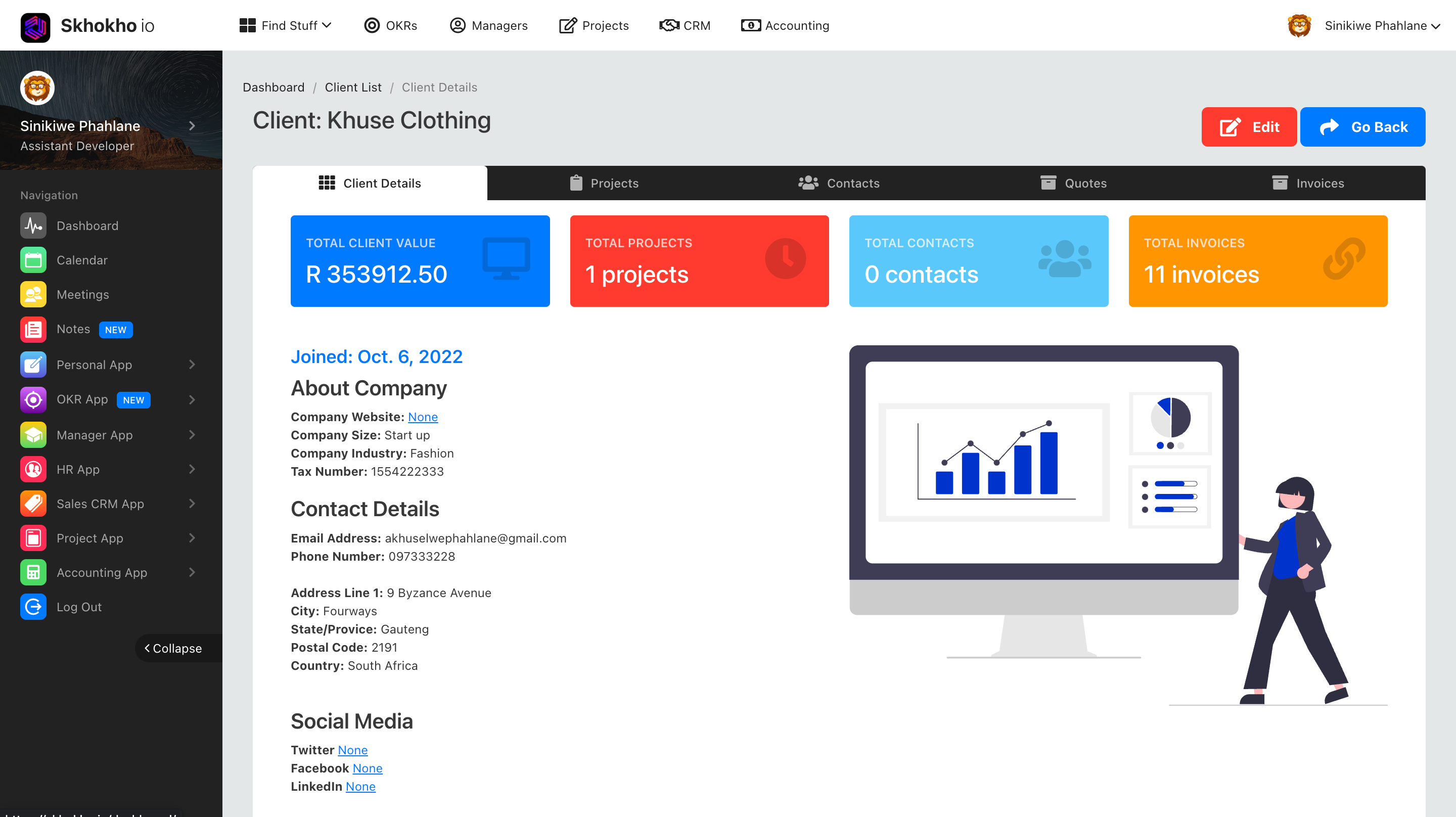
Here are a few ways Skhokho can help:
- Client management: By using Skhokho's client dashboard, businesses can get a clear customer journey view of their clients in one snapshot, including client contacts, client invoices, and quotes. This allows businesses to understand the value each client brings to their business and tailor their engagement and communication to the individual client. Also this makes it easy to measure customer engagement on a greater level.
- Project management: With Skhokho, businesses can keep track of project finances, timelines, and progress, allowing them to provide accurate updates and communicate effectively with clients.
- Communication and collaboration: Skhokho allows businesses to communicate and collaborate with clients and team members in real-time, through features such as meeting app, file sharing and task management, which can improve client engagement and interest.
- Automation: Skhokho automate repetitive tasks and processes, such as sending invoices and follow-up emails, which can help save time and improve customer engagement.
- CRM: Skhokho allows businesses to store and organize client information in one place, making it easy to segment and target specific groups of customers for engagement and retention efforts.
- Email Marketing: You can send newsletter emails directly from your Skhokho Dashboard, for sales and marketing. Email newsletters are known to be one of the most efficient way to send targeted campaigns at a group of people. With Skhokho we give you the ability to send out group emails, to grow your small business.
Most businesses can improve customer engagement and interest by streamlining their operations, communicating effectively with clients, and tailoring their engagement to the individual client through Skhokho Business Management Software.
Engage your customers and see the difference it can make to your customer relationships. Take advantage of your 14 day free trial by registering an account here, no credit card required.
For more information on how to use skhokho, click here.
Conclusion
It is important to note that these strategies should not be viewed as one-size-fits-all solutions, but as a starting point for businesses to tailor and adapt to their specific needs and goals. The key to success is to understand your customers and their needs, and to continuously test and optimize the strategies to see what works best for your business.
It is also important to remember that customer engagement is a continuous process and not a one-time event. Businesses should consistently and regularly interact with their customers to maintain engagement and interest. By implementing these strategies, businesses can improve customer retention, increase revenue, and ultimately drive long-term success.









